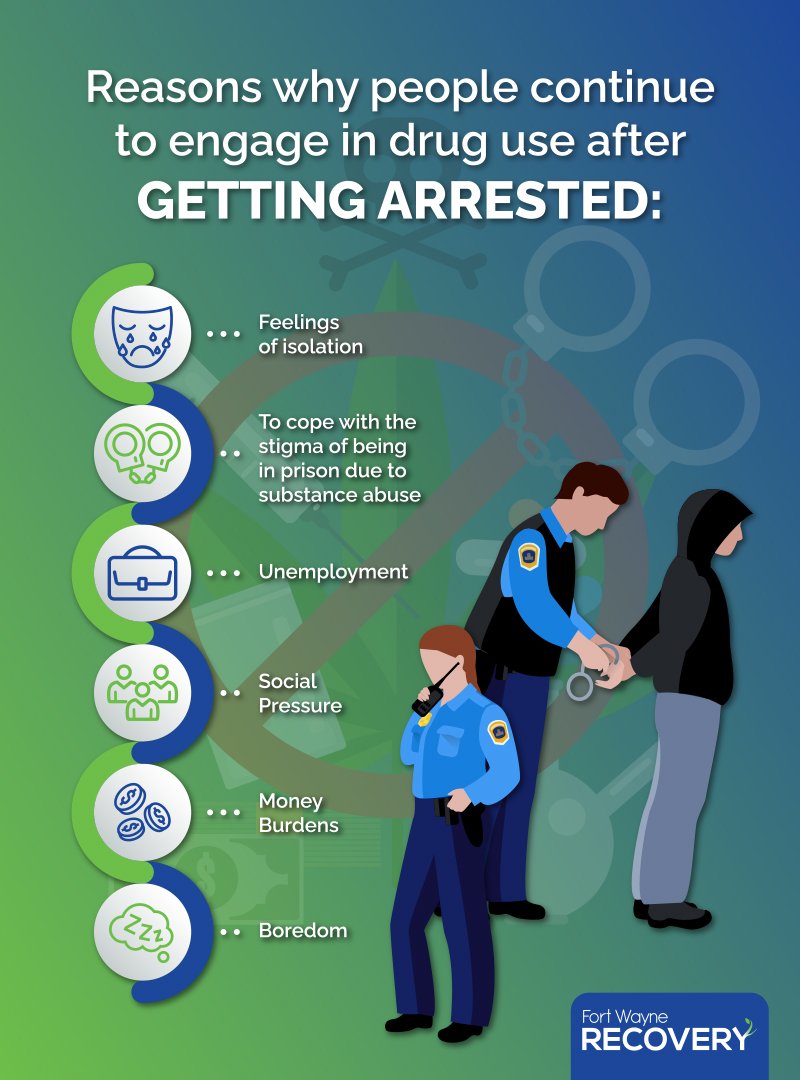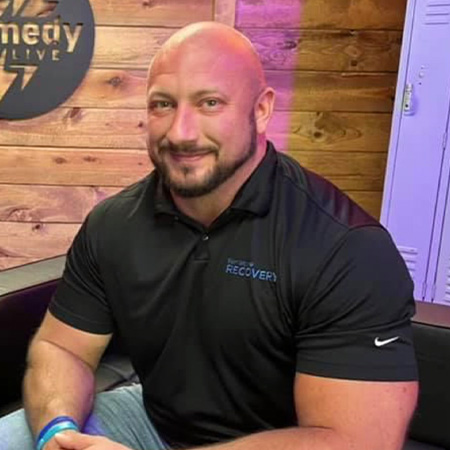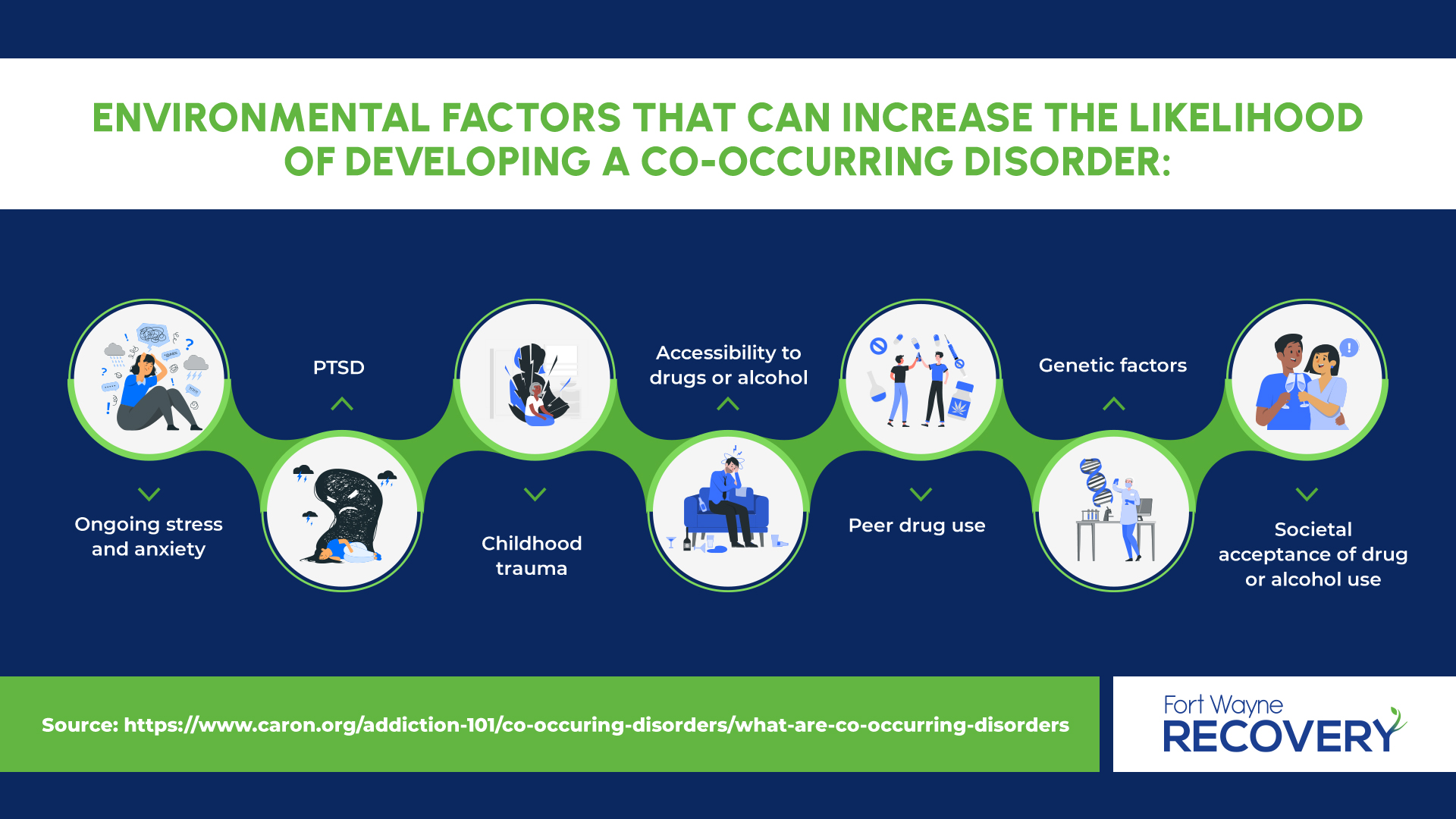How People with Disabilities Can Navigate Substance Use Treatment
How People with Disabilities Can Navigate Substance Use Treatment
Substance use disorders (SUD)s can occur simultaneously with different types of disabilities including physical, mental and emotional. While addiction is a very personal disease, people with disabilities often turn to drugs or alcohol as a means of coping with the stress brought on by their disability by self-medicating.
In the United States, 54 million people experience some form of disability. Of that number, roughly 9% have both an SUD and a co-existing disability. Understanding the unique challenges and nuances that treating SUDS in this population can help identify the best treatment methods.
Updated: 2023
Written by: Allendale Treatment
If you or anyone you know are struggling with addiction, call (833) 338-6946 to speak with a professional.
People with Disabilities Face an Increased Chance of Addiction to Manage Pain
Individuals with disabilities are more likely to suffer from SUDs and less likely to receive treatment, according to recent studies. Individuals with disabilities often develop SUDs to offset physical pain, emotions and mental disorders that are side effects of their physical disability. Patients with physical disabilities often use prescription medications for pain management, which puts the disabled person at an increased risk for addiction. People with physical disabilities are more likely to abuse prescription opioids. Opioids are so highly addictive that even individuals that closely follow short-term prescriptions can quickly get hooked, a risk that only goes up the longer the prescription is for.
Those afflicted with intellectual disabilities in particular suffer from staggering rates of addiction. Anywhere from 7% to 26% of individuals with intellectual disabilities have addiction-related issues, depending on the exact condition. These rates are heavily influenced by the effects of some mental conditions combined with the frustrations of dealing with them and the need to cope.

Once a disabled individual develops an addiction to opioids, it’s not uncommon for them to switch over to cheaper and more readily available drugs such as heroin or fentanyl when their prescription runs out. This risk is heightened among the disabled, who are often under greater mobility and financial restrictions than the general population. These factors, combined with the fact that opioid addiction is by far the most likely form of addiction to end in overdose and death, make disability and addiction to.
When one or more of these medications is an opioid such as oxycodone, hydrocodone, or tramadol, patients can be at increased risk for addiction, overdose, psychiatric issues, and breathing problems, says lead study author Mark Peterson, Ph.D., an associate professor of physical medicine and rehabilitation at the University of Michigan Medical School in Ann Arbor.
“Outside of acute pain management after surgery or pain management for cancer related pain, opioids are dangerous for these populations,” Dr. Peterson says
The numbers of individuals with physical disabilities and alcoholism remain high. The combination of emotional and physical frustrations can greatly contribute to lowered moods and a tendency to self-medicate with alcohol. Studies found that up to 50% of individuals with spinal injuries, orthopedic injuries, and traumatic brain injuries indulged in heavy drinking. The ease with which alcohol can be legally obtained greatly contributes to this problem.
How Disabilities Contribute to Co-Occurring Disorders
In a recent study, 17.4 million adults with disabilities reported experiencing frequent mental distress. When someone with a disability uses drugs or alcohol to cope with mental issues such as anxiety or depression, they will form what’s known as a co-occurring disorder. Common mental health disorders with co-occur with substance abuse include:
Co-occurring disorders, or dual diagnosis as it’s also called, can come in various combinations. However, certain combinations are more common than others.
Here are some examples of common co-occurring conditions:
- Alcohol addiction and depression
- Schizophrenia and substance use disorder
- Anxiety disorder and drug addiction
Intellectual disability or learning disability and mental illness People with intellectual disabilities tend to use drugs and alcohol less than the general population, studies show, but they have a significant risk of developing an addiction if they do use substances. - ADHD and alcohol or drug addiction tend to co-occur
- Autism And Addiction People with autism might use drugs or alcohol as a way to cope with high levels of anxiety and as a way to “fit in” with their peers, which can lead to addiction.

Here are some examples of common co-occurring conditions:
- Alcohol addiction and depression
- Schizophrenia and substance use disorder
- Anxiety disorder and drug addiction
Intellectual disability or learning disability and mental illness People with intellectual disabilities tend to use drugs and alcohol less than the general population, studies show, but they have a significant risk of developing an addiction if they do use substances. - ADHD and alcohol or drug addiction tend to co-occur
- Autism And Addiction People with autism might use drugs or alcohol as a way to cope with high levels of anxiety and as a way to “fit in” with their peers, which can lead to addiction.
While sobriety rates vary, people with substance use disorders (SUDs) have a better chance of achieving long-term sobriety if they understand what’s fueling their addiction. If the underlying issues aren’t addressed or treated, people are going to find themselves turning to other substances or addictive behaviors such as gambling to cope. Dual diagnosis treatment focuses on learning how to address behavioral health issues with healthy coping tactics so patients don’t relapse or turn to alternative toxic behaviors as a substitute for drugs or alcohol.
Nate Moellering, a community outreach coordinator at Allendale Treatment and Fort Wayne Recovery “Many times what I’ll see with individuals I work with is that treatment will help them clear up some of the substance use orders and then the mental health portion becomes the primary focus because the drugs and alcohol are not the problem, they’re symptoms of the problem.”
“Many times what I’ll see with individuals I work with is that treatment will help them clear up some of the substance use orders and then the mental health portion becomes the primary focus because the drugs and alcohol are not the problem, they’re symptoms of the problem.”
“Many times what I’ll see with individuals I work with is that treatment will help them clear up some of the substance use orders and then the mental health portion becomes the primary focus because the drugs and alcohol are not the problem, they’re symptoms of the problem.”

Nate Moellering
Community Outreach
Barriers to Treatment for the Disabled
The Substance Abuse and Mental Health Services Administration (SAMHSA) states that while both people with and without disabilities often experience barriers to treatment but the disabled face additional barriers. The American Association of Health and Disability reported that more than 50% of substance use treatment facilities had to turn away patients with traumatic brain or spinal cord injuries because the facilities were not wheelchair accessible. This was the case whether or not the facilities were public or privately owned, or were residential, outpatient, or hospital-based.
Data shows that the need for more access to substance use treatment for people with physical disabilities is crucial because they are at high risk for developing a SUD:
- More than 50 percent of people with a traumatic brain or spinal cord injury and mental illness abuse drugs or alcohol.
- People with disabilities like deafness, arthritis, and multiple sclerosis have substance abuse rates that are double those of the general population.
- About half of the people with spinal cord injury, amputation, blindness, or degenerative diseases who drink alcohol meet the classification of a heavy drinker.
Those with mental disabilities may also need to find addiction treatment facilities with special accommodations as they may not be able to take in or process the information regarding their substance use disorder the same way as someone without a mental disability. To prevent them from getting discouraged and leaving treatment, they should identify facilities that have staff trained in creating recovery plans to address their specific needs so they are more likely to complete treatment.

While it may take more research to find an addiction treatment facility that offers treatment to those with physical or mental disabilities, it could help save more lives.
Tommy Streeter, a community outreach coordinator at Allendale Treatment and Fort Wayne Recovery says that no matter what challenges someone faces to accessing treatment, they shouldn’t get discouraged and keep looking for treatment options. “There’s no time like the present to start the recovery journey,” says Streeter.
If you or anyone you know are struggling with addiction, call (833) 338-6946 to speak with a professional.


